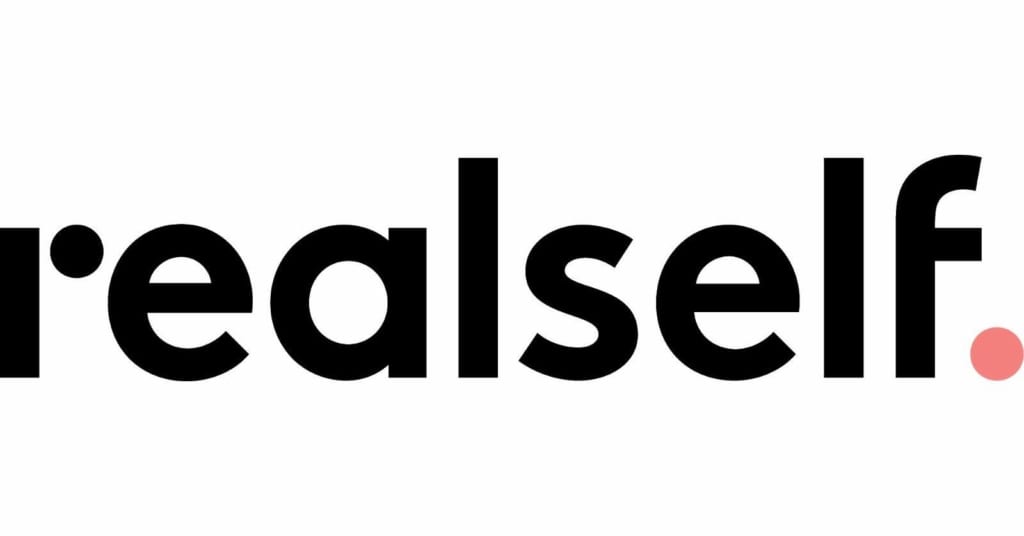A significant number of people wear traditional braces to straighten their teeth and correct biting issues. While this method of treatment is still very acceptable, clear aligners are now a viable treatment option for most people. The most widely recognized brand of clear aligners is Invisalign. Since both options aim to solve the same problems, your decision on whether to choose one or the other will depend on several factors including the effectiveness and cost of each.
People Also Ask
- What do I do if I lost my Invisalign?
- What do I do if I lost my Invisalign retainer?
- Is there a cheaper alternative to Invisalign?
- How much does it cost to replace an Invisalign aligner?
People are Talking too…
The Basics
Both remedies aim to straighten teeth, correct biting issues, improve appearance, and enhance overall dental health. Since its first application was in 2000, Invisalign’s history is not as robust as that of metal brackets. The braces treatment option includes metal brackets that are glued to the teeth and then fastened together. Rubber bands and tiny wires are often used to secure these metal brackets. Today, brackets are available in a variety of colors, meaning you can choose one that matches your preferences or the color of your enamel.
On the other hand, the clear aligner option features a smooth, BPA-free plastic material that is both comfortable and invisible in design. This remedy works by moving misaligned teeth back into position gently and subtly. Using an intra-oral to create an accurate 3-Dimensional representation of your teeth helps to ensure your orthodontist configures the most suitable aligner trays for you.
To help you make a well-informed decision, here’s a detailed look at the differences between these two treatment options…
How the Traditional Method Works
- Small metal brackets attach to every tooth that needs realignment. A wire runs through the brackets and gently forces the misaligned teeth back into position. Patients visit their orthodontists every 6-10 weeks to have the braces adjusted and/or new wires placed. Once your teeth are properly aligned, retainers are placed to ensure each tooth maintains its position.
How the Clear Aligner Option Works
- This technique uses a series of clear trays, or aligners, to move and reposition misaligned teeth. The trays, each worn for about a week, shift the affected teeth gently, moving them closer to their correct positions. Every new tray moves the misaligned teeth a little bit closer to the desired position than the previous tray, which is why it takes several trays to get the teeth properly aligned. Just as with braces, retainers are placed at the end of clear aligner treatment. Patients need to wear this retainer as prescribed by their orthodontist to ensure their correctly positioned teeth do not move out of position again.
Appearance
- Because of esthetic concerns, wearing traditional metal brackets causes some people to feel uncomfortable or embarrassed. While this is not the case with some people, clear aligners provide a viable orthodontic treatment option for the patient who is concerned about the visibility of braces.
- Plastic aligners are nearly invisible, which makes them much less noticeable than metal brackets. These aligners are also removable, which allows patients to eat without them. As a result, you won’t have to worry about issues like food particles getting stuck, which can be unsightly. Choosing clear aligners is a more modern, esthetic friendly orthodontic treatment option. As a result, smiling in public during orthodontic treatment is not a problem.
Maintenance
- Since braces are fixed in placed, maintaining proper oral hygiene is one of the biggest challenges during traditional orthodontic treatment. Braces must also be adjusted on a regular basis, often causing soreness that can last for several days. For some people, this can be an unpleasant and painful experience, especially those with a low pain threshold.
- On the other hand, maintenance of the clear aligner systems simply involves brushing and rinsing the aligners in clean, lukewarm water and changing your aligner trays weekly. Additionally, since the aligners move the teeth in smaller increments than regular braces adjustments, there is often less discomfort associated with aligner changes versus wire changes and adjustments.
Impact on Dietary Plans
- If you choose to wear metal brackets, you will have to stay away from various foods during the entire process of treatment since many hard, sticky, or chewy foods can break the appliances. As such, you’ll have to alter your eating habits and dietary plans when using the traditional treatment option.
- By design, the clear aligner option lets you remove the trays before you start eating. Apart from keeping food particles from getting trapped in your braces, being removable allows users to continue ingesting all of their favorite foods, meaning you won’t have to change your diet.
Cost
- Both braces and clear aligners have similar costs. The cost of orthodontic treatment varies greatly, anywhere from $2,500 for very limited treatments, all the way up to $10,000 for complex, multi-disciplinary cases. Depending on the extent of treatment, one option might cost slightly more or less than the other. Only after a thorough examination by an orthodontist can the exact cost be determined.
- Apart from costing roughly the same amount, dental insurance covers both metal braces and clear aligners. Even so, the total cost might vary depending on how long the treatment takes and the experience and expertise of the orthodontist you choose. Payment alternatives include affordable monthly plans or the use of a flexible spending account.
Effectiveness
- With traditional braces and clear aligners, good treatment results are achievable in the vast majority of cases. Metal brackets are often a more effective solution to complex issues. With clear aligners, a minimum of 22 hours of wear per day is required for the trays to achieve the desired tooth movement. This is a non-issue with traditional braces since they are fixed in place. So excellent patient cooperation is needed to allow clear aligner treatment to match the effectiveness of braces.
- With regards to plastic aligners, being removable and lacking wires reduces the likelihood of discomfort or difficulties when eating. Even though this remedy offers superior levels of convenience and effectiveness, you’ll want to brush and floss after every meal to keep your teeth from staining. Additionally, even tooth movement with aligners can cause some discomfort and removal is required before users drink anything other than water.
Come See Us
If you’ve been looking for an orthodontic based in Spartanburg, SC, Nease and Higginbotham Orthodontics is your best option. As experienced and licensed orthodontists, we guarantee you professional yet friendly assistance. Please contact us today to make an initial appointment or for more information about Invisalign.
Like what you read? Comment below or CLICK on an APP LOGO to follow us and share the conversation
Nease and Higginbotham Orthodontics
1785 E. Main Street
Duncan, SC 29334
Phone: (864) 579-7700
8 Facts About Replacing Your Braces [with Invisalign]









